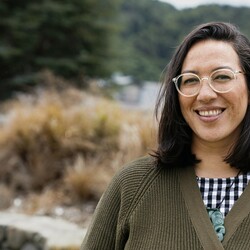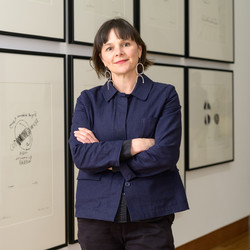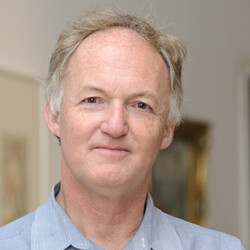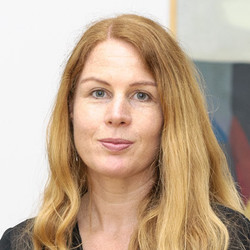Notes
B.
Bulletin
New Zealand's leading
gallery magazine
Latest Issue
B.22201 Dec 2025
Contributors
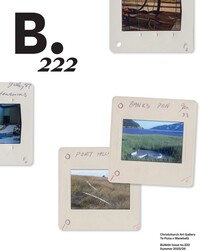
Notes
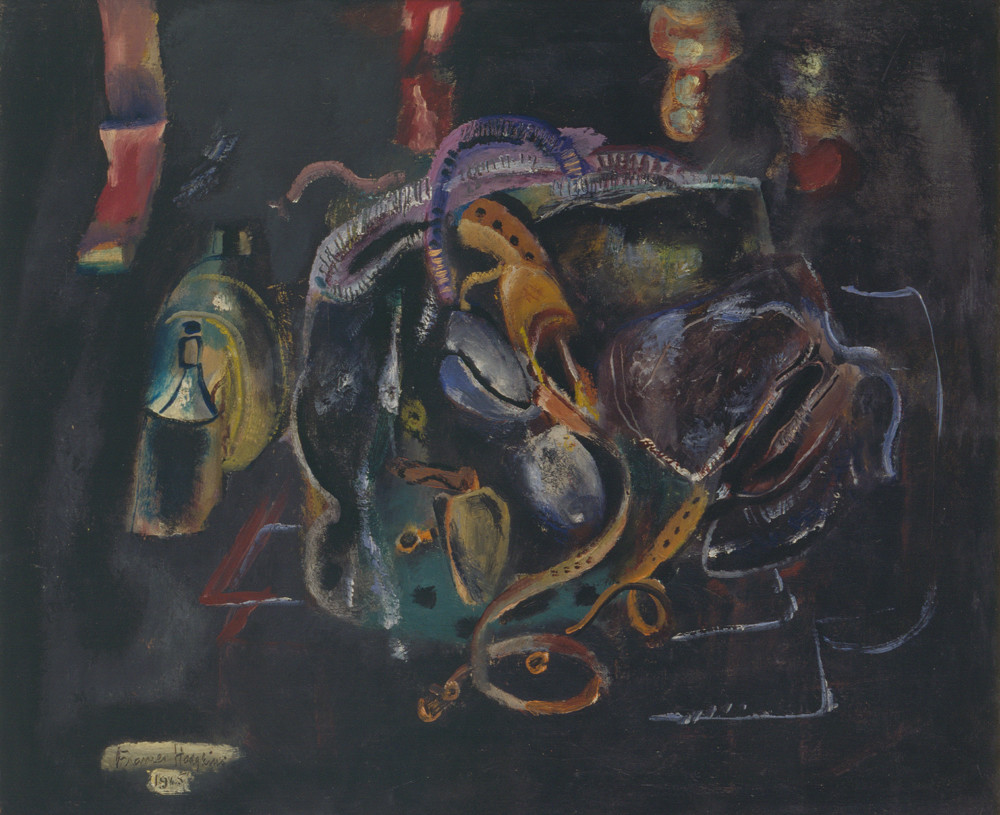
Zipp by Frances Hodgkins
‘I can't tell you the horror of the Blackout and the effects on your nerves - the want of ventilation at night is very tiring - perhaps the nastiest part of it all.' - Frances Hodgkins in a letter to her brother, William.
Notes

The Satara Player by Petrus van der Velden
Things are not always what they seem. What looks like the result of an artistic foray into exotic lands is, in fact, an 1894 portrait of a Christchurch busker who posed in the studio of Petrus van der Velden.
Notes
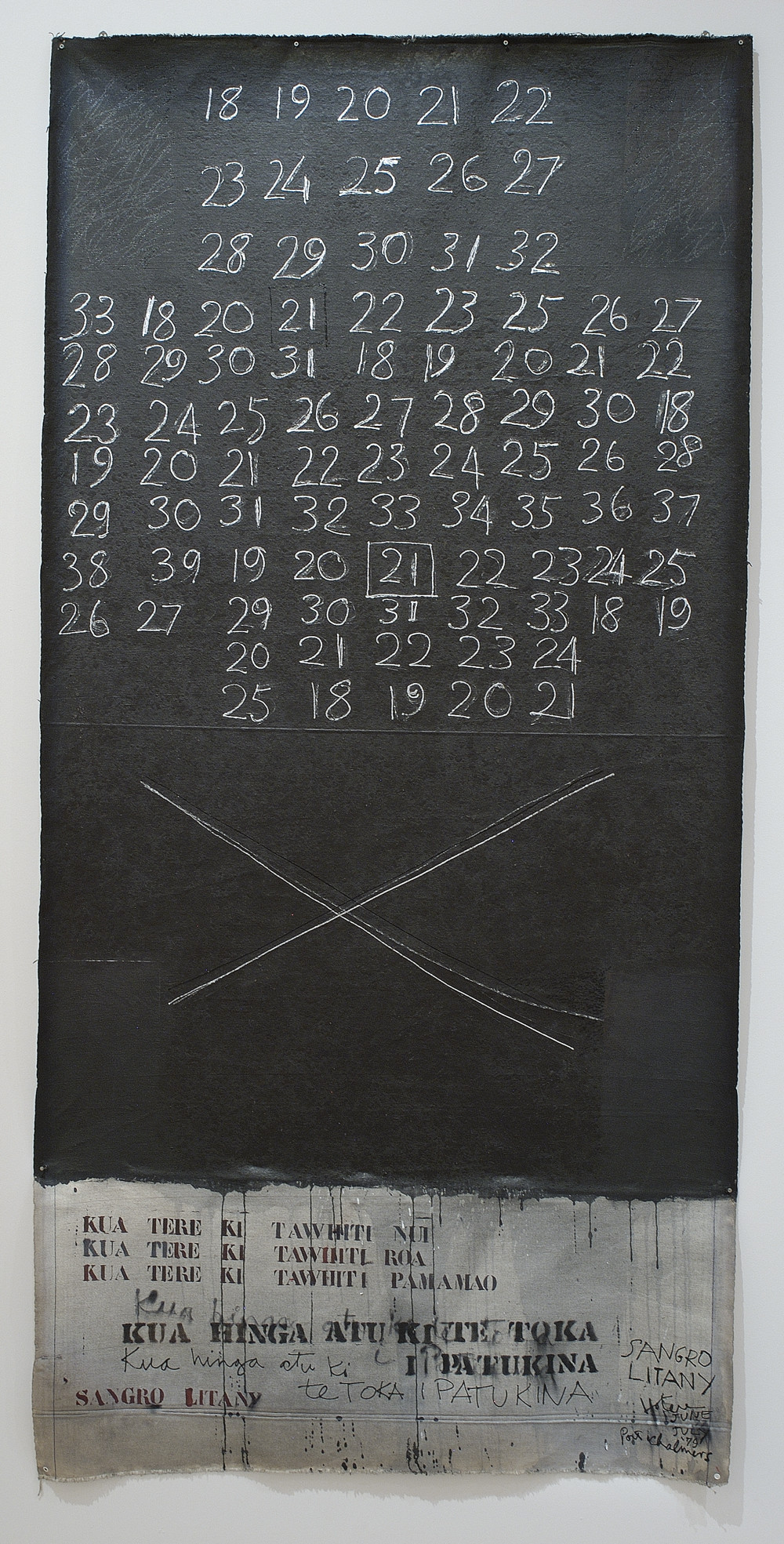
Sangro Litany by Ralph Hotere
The Sangro series, begun in 1962, is a memorial to Ralph Hotere's brother Jack, who fought with the Maori Battalion and whose grave lies among those of hundreds of other young soldiers at the Sangro River War Cemetery on Italy's Adriatic Coast.
Notes

A Stitch in Time
Textiles comprise a small proportion of the Gallery's Collections, yet they span a vast time period, combining Chinese antiques and 17th century appliqué with fabric-based work made as recently as 2000. The diverse range of practice is indicative of the evolution, in form and content, of textile-based works from objects dedicated to religious worship and domestic decoration to conceptual art objects which exist outside a strictly functional context.
Notes

Drawing (KO WAI KOE?) by Ralph Hotere
This article first appeared in The Press on 28 March 2007
Among the highlights of the Christchurch Art Gallery's drawing collection is Drawing (KO WAI KOE?) by Otago artist Ralph Hotere. Produced in 1977 Drawing (KO WAI KOE?) illustrates Hotere's development from his formal geometric approach found in his earlier work of the late 1960s and early 1970s towards the more expressive manner he developed throughout the 1970s and 1980s.
Notes
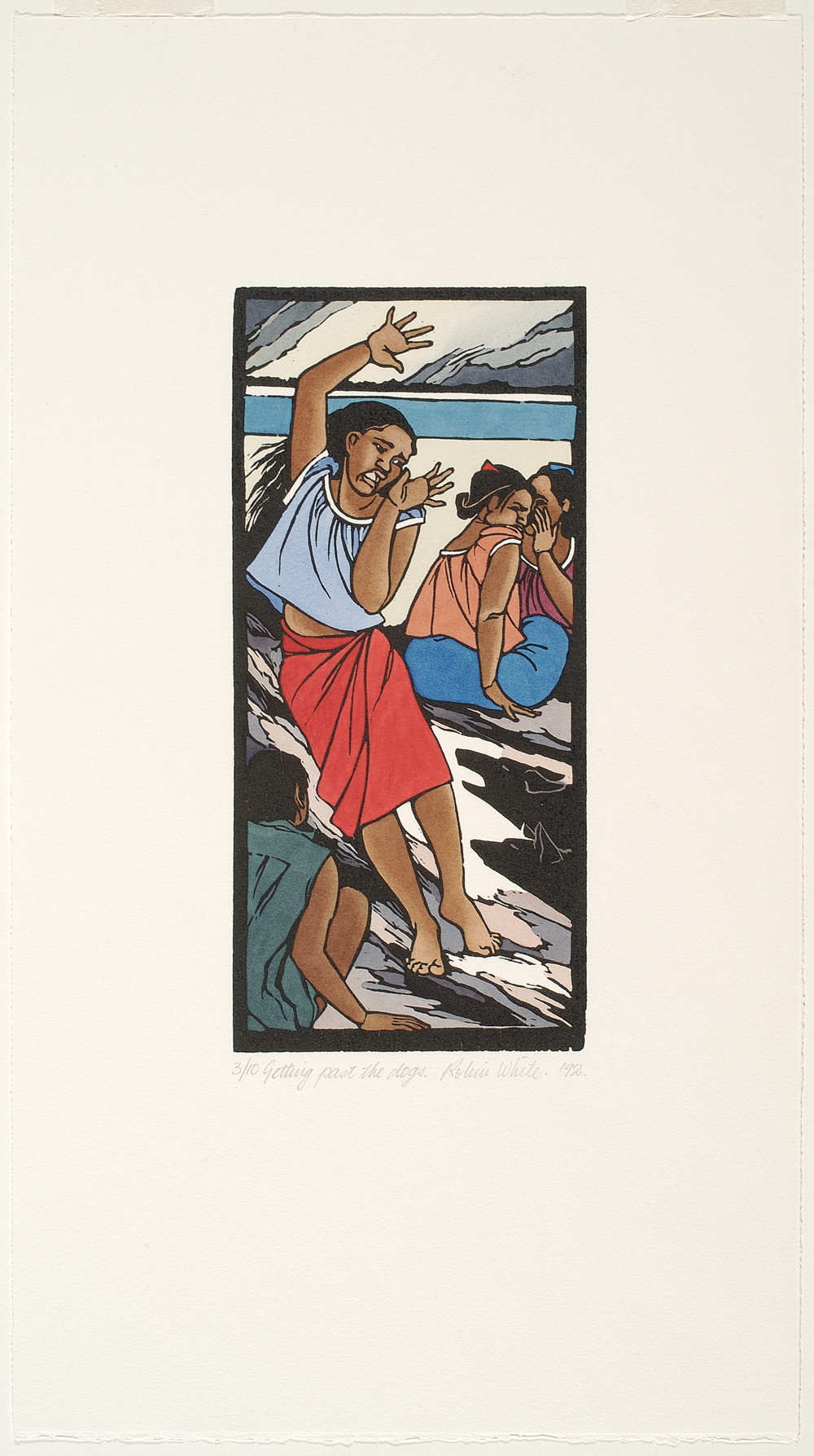
The Print Collection
If the question "what is the largest individual collection area numerically held by the Gallery?" was to be asked, the answer would have to be the Works on Paper collection, within which are 2145 original contemporary and historical prints, the earliest dating from the second half of the fifteenth century.
Notes

The Painting collection: Focusing on New Zealand
The initial focus of the Canterbury Society of Arts collection had been painting by both British and New Zealand living artists acquired for educational purposes. The Society did not set out to form a museum-type painting collection, although it was conscious of the need to improve the standard of the work represented.
Notes

Belgian Refugees by Frances Hodgkins
This article first appeared in The Press on 28 February 2007
Belgian Refugees is one of the first oil paintings that Frances Hodgkins ever exhibited, although at the time she was already well accustomed to showing her watercolours. Working in oils and tempera on canvas, she used an experimental technique in this work that gained much from her experience with watercolour. Believed to have been first shown as Unshatterable, in October 1916 at the International Society's Autumn Exhibition in London, the choice of title would suggest a greater sense of resilience than is actually conveyed by this family group. Here only the baby is oblivious to trouble, while his nursing mother seems devoid of expression, and the older children tense with anxiety or fear. Behind the group, a gap in the swirling grey suggests the fact of a missing father, and this steam and smoke speaks of displacement, the atmospheric backdrop of a train station or the symbolic clouds of war. Within the wall of monochrome, intense colour is reserved for mother and child, who also remind of one of Hodgkins' favourite early choices of subject matter in watercolour.
Notes

Tomoe Gozen pulling the ear of Nagase Hangan in the presence of Tezuka Tarô Mitsumori, Kiso Yoshina
This article first appeared in The Press on 1 November 2006
Standing beneath a leafy bough, and immaculately attired in swathes of red and blue, a petite Japanese woman looks down, bends - and does a surprising thing. Beneath her, and apparently at her mercy, is a traditional samurai warrior, a large and muscular man. The woman, however, pinches the lobe of his ear and inflicts excruciating pain. It is a curious scene. As an ‘ukiyo-e' woodblock print, it is the central panel of a triptych by Utagawa Kuniyoshi (1798-1861).
Notes

Hazardous Materials: Jude Rae’s SL 145
This article first appeared in The Press on 4 October 2006
